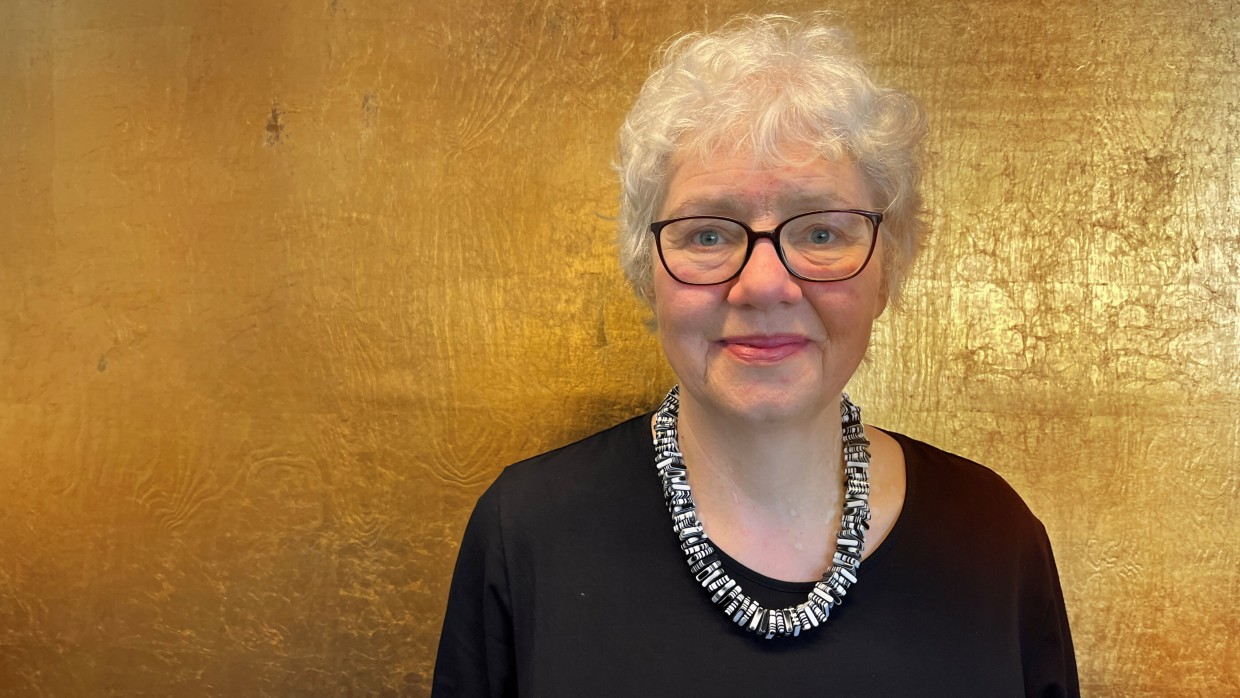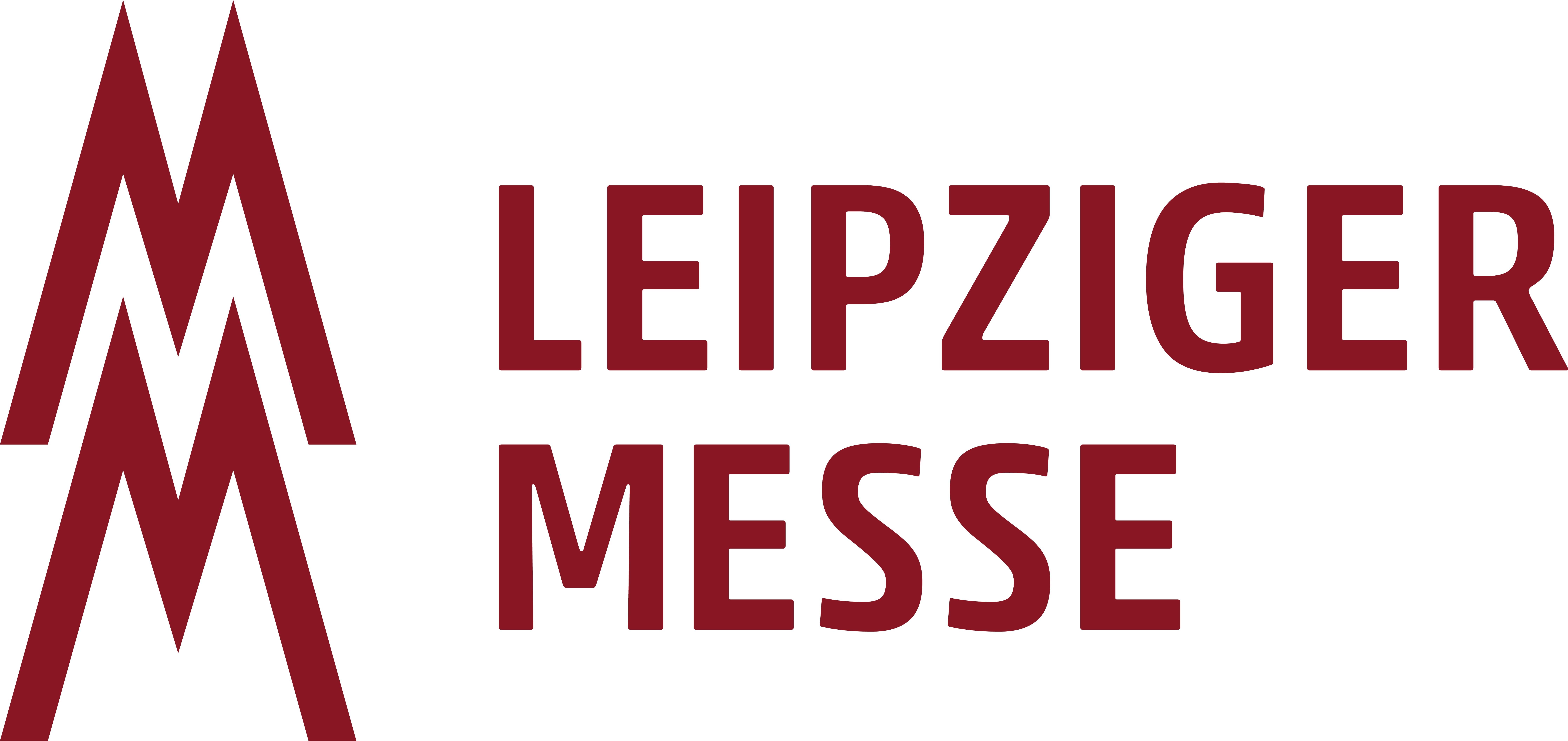News
News
50 years of the European Heritage Year - Here's to the next push for common sense!
Ulrike Wendland, Managing Director of the German National Committee for Monument Protection, looks back on 50 years of the European Year of Monument Protection in an interview with denkmalbrief. How did it come about in the first place? And what does the basis for the next 50 years of monument protection look like today?
Mrs. Wendland, the German National Committee for Monument Protection was founded in 1973, and in 1975 the European Year of Monument Protection was proclaimed for the first time, the 50th anniversary of which we are celebrating this year. The fact that it is taking place at all goes back to a decision by the Committee of Ministers of the Council of Europe in 1972. What was going on in the 70s?
We are in the midst of an exciting development that is fed by various trends. The furor of reconstruction in West German cities after the Second World War cost a lot of building fabric. Much of what was not destroyed was simply demolished. In addition, the world-famous Club of Rome report “The Limits to Growth” was published in 1972. Although the report focuses on the finite nature of natural resources, the issue cannot be separated from the built environment. Just think of the stone decay that occurred at the time due to the high levels of sulphur in the air. The oil crisis of 1973 in the wake of the Yom Kippur War also made everyone aware of how dependent modern life was and still is on fossil resources. All these events were also preceded by the 1968 movement, which rebelled, practiced civil disobedience and occupied houses, among other things. They fought against the displacement of tenants in cities and rising rents. Overall, there was a growing awareness of the question of what life in cities should look like in times of finite resources and reconstruction. What's more, there was a need to prevent their cities from being transformed beyond recognition. The civic campaign “House by house, your home is dying” is a symptomatic example of this period.
Above all, you describe a change in social perception. How did this perception become institutionalized?
My hypothesis is that this movement woke up those in power and they realized that there was pressure in the cauldron. I think they wanted to regain the upper hand, which also led to the decision of the Council of Europe. This is one of many examples of how civic engagement has definitely been successful.
The DNK is also a product of the Council of Europe.
Exactly. That's why we have this somewhat unusual name. National committees were set up in all former member states of the Council of Europe following the resolution. Most of the committees no longer exist and have been absorbed into the ministries and authorities of the European states. In Germany, federalism means that monument protection is a matter for the federal states. The DNK - based at the Federal Government Commissioner for Culture and the Media - promotes exchange between the federal government and the federal structure.
To your knowledge, what effect did all these measures have 50 years ago?
Campaigns and pilot projects such as the model cities were important pioneering activities. After all, we still haven't found sufficiently satisfactory answers to the challenges that existed then and still exist today. But the 1970s were the beginning of a learning process. The realization that we were living at the expense of our children and grandchildren led to many institutionalized innovations. Since then, society as a whole has increasingly tried to find an answer to the question of how life can be organized in a way that conserves resources again.
We have already talked about federalism - is it a benefit or a burden when it comes to heritage conservation?
Federalism brings together stakeholders from different levels - local authorities, federal states and the federal government. This mix is good for monument preservation because it takes into account the diversity of the regions, among other things. Despite the sovereignty of the federal states, the federal government plays an influential role in heritage conservation through framework legislation and a wide range of cultural heritage funding. One critical aspect is the very different ways in which monument protection laws have evolved - this process makes it more difficult for supra-regional players to understand and apply the specifics.
As you said, society's learning process, which began 50 years ago, is far from complete. Is there a need for a new impetus for more active care of the architectural and archaeological heritage from the German or European side?
Many players are now sending out clear signals in favor of preserving existing buildings. This ranges from the Anti-Demolition Alliance network to Architects for Future, the Association of German Architects and many others. Basically, almost everyone has understood this and is saying: we need to build in existing buildings and use material resources differently. I'm focusing particularly on the younger generation. University lecturers tell me that their architecture students are no longer thinking about greenfield projects, but want to learn how to use what already exists. It's a shame when politicians go into reverse gear and prevent progress in urban development policy. The car-friendly city is antiquated. Cities that focus on reclaiming urban space for pedestrians, public transport and bicycles strengthen the building stock of their centers.
What need for change do you see in official monument protection?
Monument protection is intervention management. Conversions and renovations to listed buildings are subject to permission. This is initially a major encroachment on the owners' power of disposal. However, fewer and fewer citizens are putting up with a harsh approach from the authorities these days. The concept of humility comes to mind. I think that in the interests of monument protection, more can be done to test how monument protection can succeed in cooperative communication with monument owners.
How do you see the next 50 years of monument protection?
With confidence! Also because society can learn how to use resources sparingly through the principles of monument conservation and repair. Young people today have a different idea of what a monument is. This also includes buildings that do not meet all the criteria for monuments, but which need to be protected as structures worthy of preservation. Today, there is a greater awareness of reusing materials and using material cycles, as well as a willingness to experiment. The basis for monument protection is solid enough to continue successfully in the next 50 years, modified in line with the times.
In conclusion, it can perhaps be said that there is currently a lot of momentum again for the 50th anniversary of the European Monument Protection Year 1975. Now we need a new impetus to turn our attention as a society once again to the potential of our architectural heritage with more moderation and common sense.





